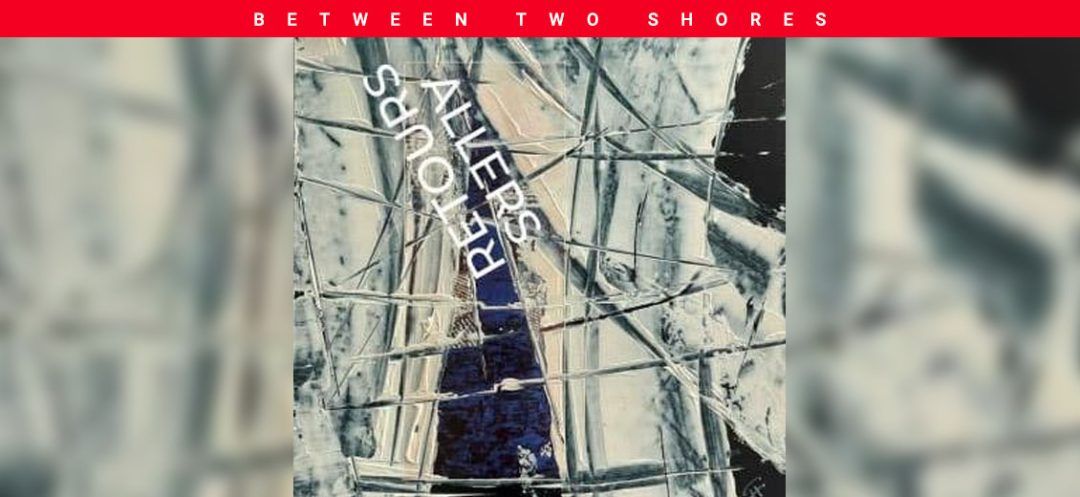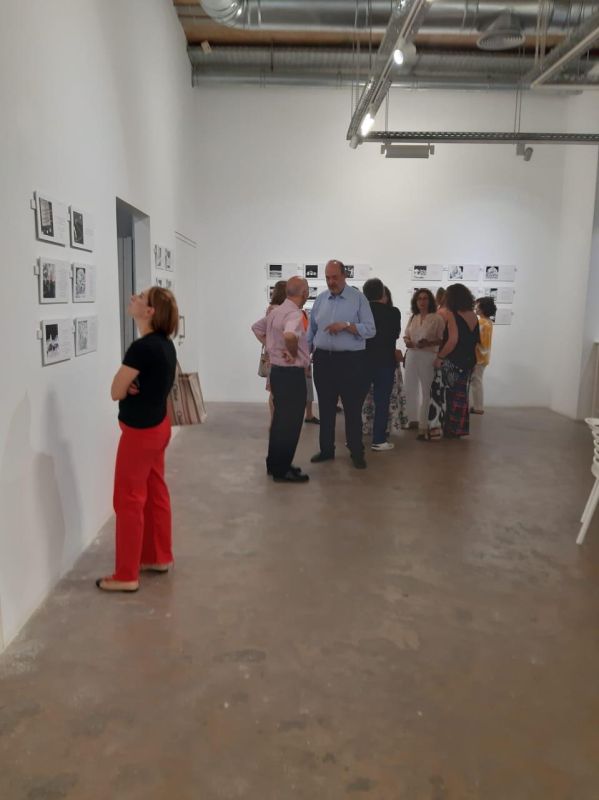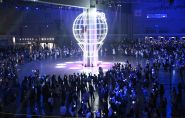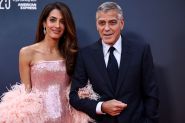
The exhibition “Allers-Retours” was inaugurated on July 16, 2024, at Tanit Gallery in Beirut and will be held until August 1. It proposes a dialogue between the unpublished short poetic texts of Noël Fattal and their free transcriptions in acrylic paint and ink by Frédéric Husseini. A third way or voice, that of Rita Husseini, enriches this experience with her reading, bringing a new dimension to the whole.

The “Allers-Retours” exhibition is a unique and captivating project combining text, painting and voice, according to Naila Kettaneh Kunigk, head of Tanit Gallery. It corresponds to a collective work, each step of which is solitary. Noël Fattal, for whom poetry “is breathing,” began writing in his adolescence without ever publishing his poems. The artistic project was born in 2014, upon the return of a trip to Budapest by Rita and Frédéric Husseini, where Noël Fattal was an ambassador. Frédéric Husseini, an architect and painter, engaged in an exercise “which, he says, consisted of choosing a text by Noël and drawing on paper either based on, alongside, or against this text, like automatic writing.” Then the project stopped until, years later, all three decided to continue it, “but about twenty free transcriptions were left orphaned from their corresponding poems,” he explains. “Noël had to write texts inspired by my drawings, which in this case refers to a dialogue in the other direction.”
In 2024, the project took shape with constraints in choosing 72 short texts selected from hundreds, all of the same format and whose themes evoke the city, the sea, the cosmos, love and war. For Frédéric Husseini, “The creative process begins with a quick reading of the poem where I grasp either the concrete, such as the city, or the abstract, such as love, which prompts me to draw lines if it is the city or a heart when the poet speaks of love. As a medium, I used paper printed with impressions of old catalogs that I let show through or camouflage. All this pushes you in a more or less colorful, geometric direction, and the brushstroke is quick. At the same time, there is unity in the medium and a variation that is more or less dark or light, always with black and white.”
An osmosis is established between the poet and the artist, both passionate about urbanism but from different perspectives. How is all this translated? The artist continues, “It is either abstract and geometric or something more figurative linked to an element of the poem. Sometimes, it is through oppositions, as in the case of the poem Noir ou blanc where I draw colors. It is a game, and that is what is interesting.”
The voice of Rita Husseini, a literature and theater professor, offers a third dimension through the colors brought by her reading. She says, “It is an interpretation among thousands when we talk about the multiple readings of a text, and I propose one. I communicate my sensitivity through my reading imbued with that of Noël and Frédéric, but I give my imprint. I participated in the choice of texts because, at that time, I was thinking about the reading. This solicits another sense than sight. The audio brings my voice, a tone, a timbre, a rhythm, which are as many processes of engagement in a text.”
[gallery link="none" size="large" ids="274108,274109,274110"]
The spectator is the fourth way. Next to each board, a QR code allows listening to the text read via smartphone. “The spectator can engage with the art,” affirms Frédéric Husseini, “drifting in their own way on the framework set up by the artist,” adding that poetry, sometimes perceived as hermetic, shares this characteristic with painting. When painting, poetry and reading meet, they weave a dialogue that generates a multitude of meanings, enriching and nuanced the aesthetic experience. According to Noël Fattal, “There is no thematic or structured order in the arrangement of the paintings, which generates interesting associations.” The “Allers-Retours” exhibition will continue until August 1, 2024, at Tanit Gallery. It is an opportunity to discover this combination of arts that stimulates not only the senses but also the imagination, encouraging a more intimate exploration of each work and offering new perspectives to spectators-listeners.
Read more




Comments